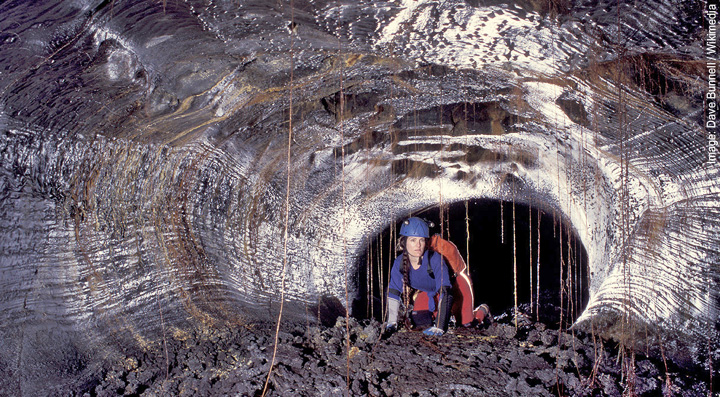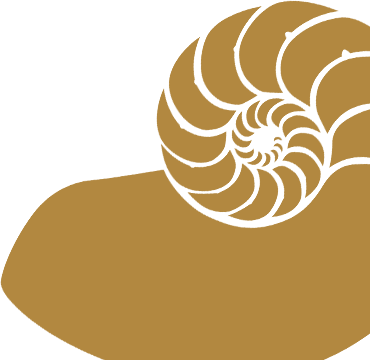structure & modules
 Structure of a typical undergraduate degree
Structure of a typical undergraduate degree
Most courses will have a mixture of compulsory and optional modules (the proportions of which vary between universities). Each will be worth a certain number of credits towards a total every year. Modules worth more credits will have more lectures and work associated with them than those that are worth fewer credits.
The marks you achieve each year (sometimes with the exception of the first year) will go towards your total for your entire degree. The contribution of the marks you achieve each year towards your final degree grade increase in importance with each year of the degree. For example, your first year may be worth 10% of the total; 2nd year: 20%; 3rd year: 30% and 4th year: 40%These relative amounts vary between universities and sometimes the first year does not contribute towards the final degree mark. However, you must still pass all the subjects.
 Modules
Modules
Degrees can vary widely in terms of the choices you can make – some are a lot more ‘modular’ than others, allowing you to make more of your own choices about what to study.
As an example, here is a list of the modules you could study if you enrolled on the F600 geology degree at a UK university.
Year 1 Compulsory modules
- Earth systems and sedimentary rocks
- Earth history
- Deformation processes and maps
- Introduction to palaeontology
- Geological structures and tectonics
- Field skills 1
- Topics in geology
- Earth materials and internal processes
- Environmental geochemistry
Year 2 Compulsory modules
- Igneous and metamorphic petrology
- Applied geophysics
- Continental deformation
- Sedimentology
- Environmental and evolutionary palaeobiology
- Hydrogeology
- Project planning for geological mapping projects
- Field skills 2
- Resources of the Earth
Year 3 Compulsory modules
- Global tectonics
- Magmatic processes
- Palaeoclimates
- Geological mapping project
- Basin evolution and neotectonics
Optional modules
Optional modules may include Petroleum geoscience, ore geology and gemmology, micropalaeontology, managing geological hazards and anthropogenic impacts etc.




